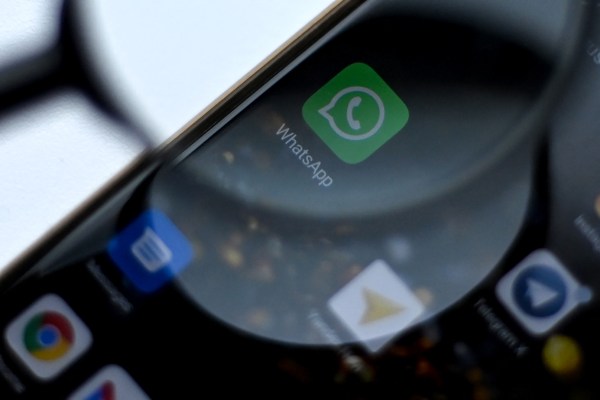Every day, about three dozen newsletters drop into my inbox. Some focus on the new thesis venture capitalists are developing for the Indian and crypto markets. Most look at news gathering. The rise of Substack has allowed many journalists to quit their newsroom jobs and start something of their own. So the subscription list continues to grow. But keeping up with even a quarter of these newsletters in the sea of hundreds of others emails has grown to become a pain.
Which is why I was thrilled to find that WhatsApp, the app I use every few minutes, appears to be planning a play with newsletters. According to WaBetaInfo, a blog that hunts for new WhatsApp developments, the instant messaging app is working on a “private newsletter tool.”
The tool is currently under development and is slated to ship in a future update of the app, the website said, which found the hints by combing through the code.
The Meta-owned service did not immediately comment.
WhatsApp already offers individuals the ability to “broadcast” their messages to many people at once. It’s a game-changing feature that can allow you to have dialogues open with multiple people at once. It appears that the current thinking with the newsletter feature is to expand on this use case. WaBetaInfo, which has a stellar record of spotting forthcoming changes, says this newsletter feature “will be a one-to-many tool for broadcasting information.” (Separately, it appears Meta is looking to introduce a broadcast channels feature in Messenger as well, according to Matt Navarra.)
Details are scant at this time, and there is also the possibility that WhatsApp might just change its mind at some point about this new feature and scrap the project.
But let’s assume it doesn’t do that. What could the arrival of WhatsApp mean for the burgeoning, but tiny, newsletter industry? And what’s in it for WhatsApp?
WhatsApp has 2 billion daily active users. Even if a tiny fraction of this user base shows interests in newsletters — a category that the vast majority of them don’t know exists yet — WhatsApp can become the biggest newsletter player in a month. (Plenty of people already use WhatsApp’s distribution channel to promote their newsletters.) As more people start reading newsletters, the market of newsletters will likely grow, too. So it’s not necessarily the worst thing for incumbents such as Substack — though it’s probably bad.
WhatsApp could provide a superior newsletter experience by offering users the ability to read all the newsletters within the instant messaging app. The open rate will go off the roof and WhatsApp can offer more sophisticated analytics to those writing those newsletters.
In newsletters, WhatsApp can also find a way to get its users to spend even more time on the app. As WhatsApp gears up its business offerings, in newsletters it can also find a way to better serve brands.
As an industry executive quipped to me, “Every brand wants to utilise the reach of WhatsApp but there’s no analytics and you don’t know who is clicking on messages. Also a lot of branded messages get marked as spam even if users had agreed to receive them while signing up for some service. WhatsApp has a much larger audience base than any other platform and the engagement rate is much higher. It allows brands to reach audiences beyond those you can reach via emails.”
Don’t kill the project, team WhatsApp.
